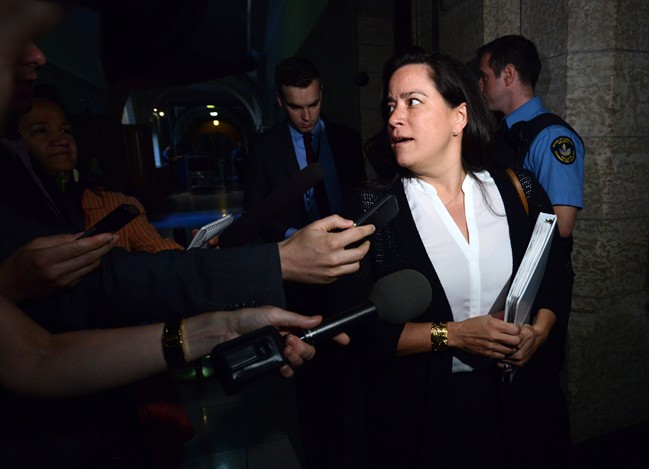REGINA – Nestled in south-central Saskatchewan, surrounded by fields of mustard plants, is the town of Gravelbourg, a bilingual community that calls itself “a touch of Europe on the Prairies.”

It has 1,120 residents, give or take, and three doctors.
One of those physicians is Dr. Intheran Pillay.
READ MORE: Assisted-death legislation will miss Supreme Court deadline
As president of the Saskatchewan Medical Association and a rural doctor for 23 years, he is more familiar than most with the challenges doctor-assisted dying is creating for the medical community, especially in small-town Canada, where access to care is already an issue and choice of provider isn’t always an option.
“We’re aiming to try and figure out how to help patients that seek it out in a community where, say for instance, a physician is a conscientious objector, where there would be mechanisms in place that the patient can seek that care elsewhere,” says Pillay.

Shanaz Gokool, the CEO of Dying With Dignity Canada, says there are concerns about access, especially if the only doctor in a community opposes providing an assisted death.
“There has to be accommodations that don’t involve undue hardship on the person who’s already very ill and could potentially be dying to have to travel themselves,” Gokool says. “So I think there will have to be accommodations to make sure that they can access assisted death in their community.”
In a report last November, a provincial-territorial expert advisory group on physician assisted dying said the challenges already associated with delivering adequate health care in parts of the country “will present themselves with the introduction of physician-assisted dying as well.”
READ MORE: Alberta health minister says no legal gap looming on assisted dying
The group recommended a publicly funded co-ordination system to link patients with doctors willing to help a terminally ill person die.
It said such a system would ensure that people in rural and remote communities have equitable access to physician-assisted dying, perhaps through physician visits or telemedicine.
Saskatchewan is still trying to figure out which doctors will provide the service.
“We don’t expect that we will see the service available in every community, but we certainly expect that there would be broadly based accessibility in a number of health regions, so it won’t be available only in the big centres,” says Pauline Rousseau, executive director of the strategy and innovation branch with Saskatchewan’s Ministry of Health.
Medical regulators in every province have issued guidelines instructing doctors how to proceed with assisted dying.
READ MORE: Senators give Justice, Health ministers rough ride over assisted dying bill
The College of Physicians and Surgeons of Saskatchewan policy says physicians can follow their conscience when deciding whether to provide the service. However, the college also says doctors must not abandon a patient who makes the request.
“You don’t want patients who are potentially terminal, or certainly suffering, to have to go running around trying to find some doctor somewhere that’s prepared to deal with this,” says Bryan Salte, legal counsel for the college.
“And at the present time, we simply don’t have a handle on who is willing to assist and where those people are.”
Salte says with smaller numbers of physicians in some communities, it’s entirely possible that nobody will be prepared to undertake the assessment, the prescribing or the administration that would allow a patient to access medical aid dying. But he notes that patients in rural areas often have to travel to bigger cities for major operations.
“The reality is that certain things can be delivered in small communities and certain things can’t,” added Salte.
The federal legislation puts forward two possible approaches to assisted dying: Physician administered and physician prescribed.
Physician administered could mean the doctor delivers an injection Physician prescribed is sometimes referred to as the Oregon approach, where patients get prescriptions for lethal doses of medication that they can take at home on their own.
“That would be another vehicle through which there would be broader access,” says Rousseau.
Gokool noted that the proposed federal legislation would also allow nurse practitioners to support and provide an assisted death.
There are other workarounds too, such as conferring with a second doctor via telemedicine, she says.
“I think that’s going to be especially important in very remote communities,” says Gokool.
Pillay doesn’t think living in a rural area will be an obstacle.
“I don’t think firstly, that it’s going to be a common, everyday thing that patients are going to be seeking this out,” he says.
“But what we would like to see is that we have a robust framework in place that’s pan-Canadian, that will be amenable to offering equitable care no matter where you live in Canada.”



Comments